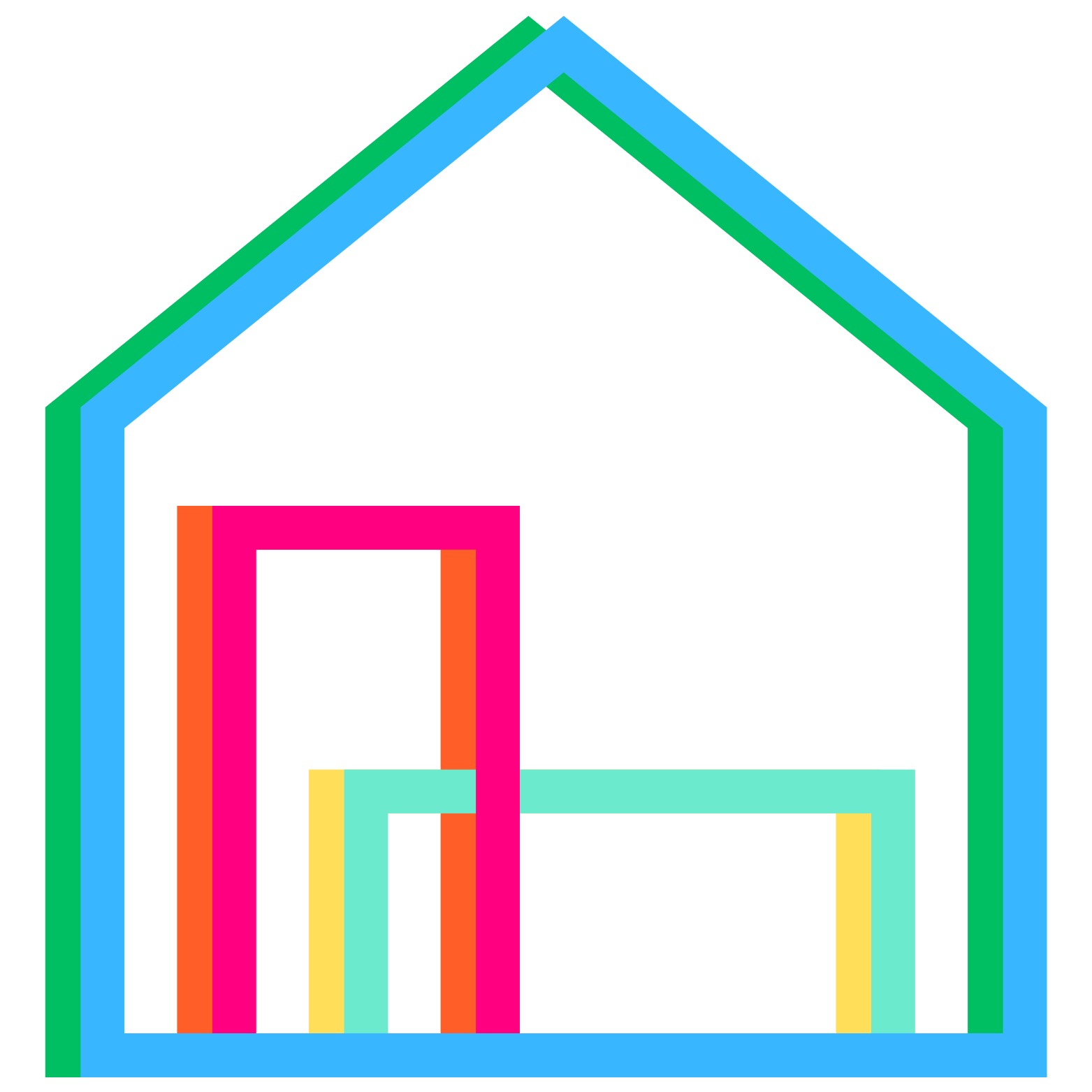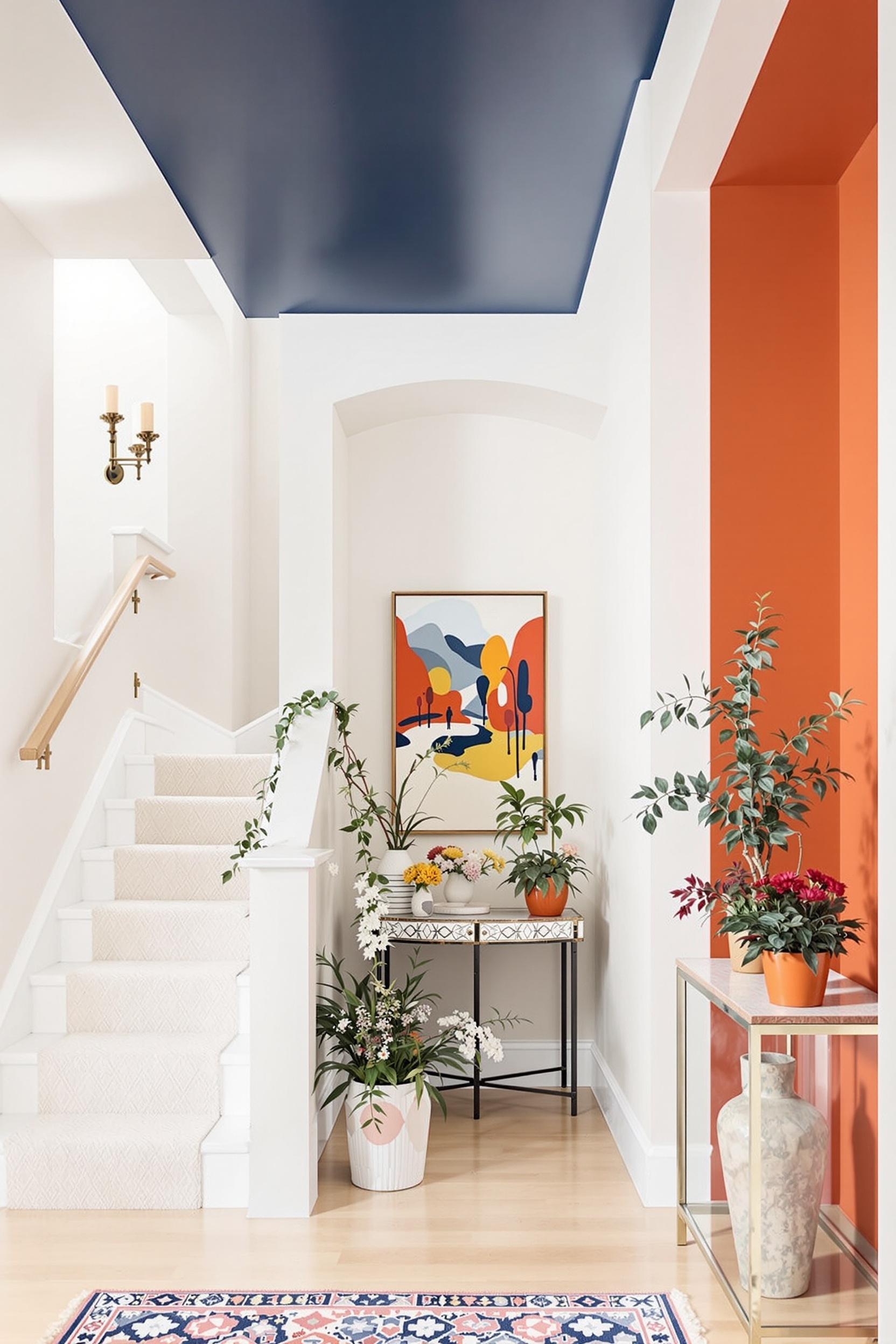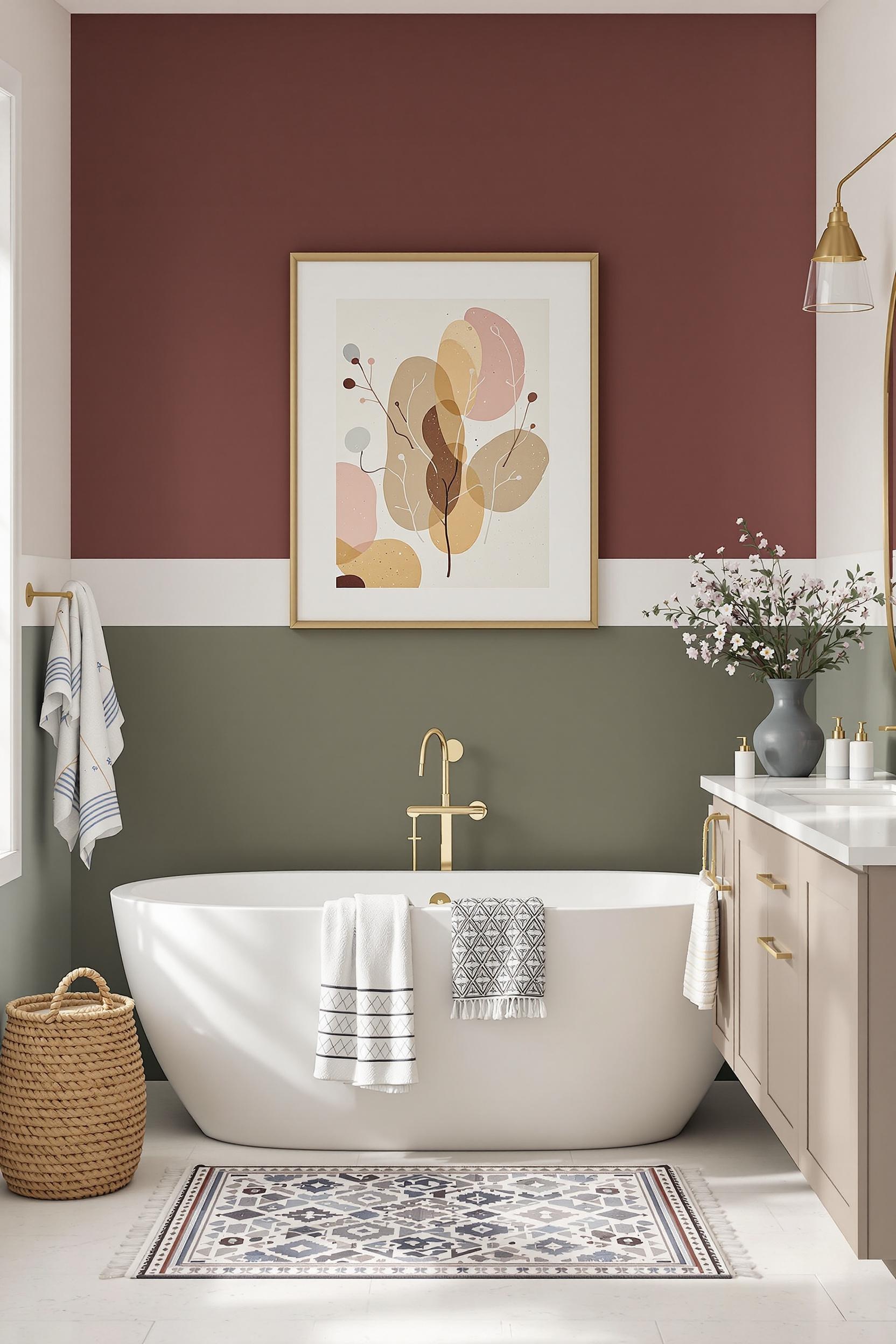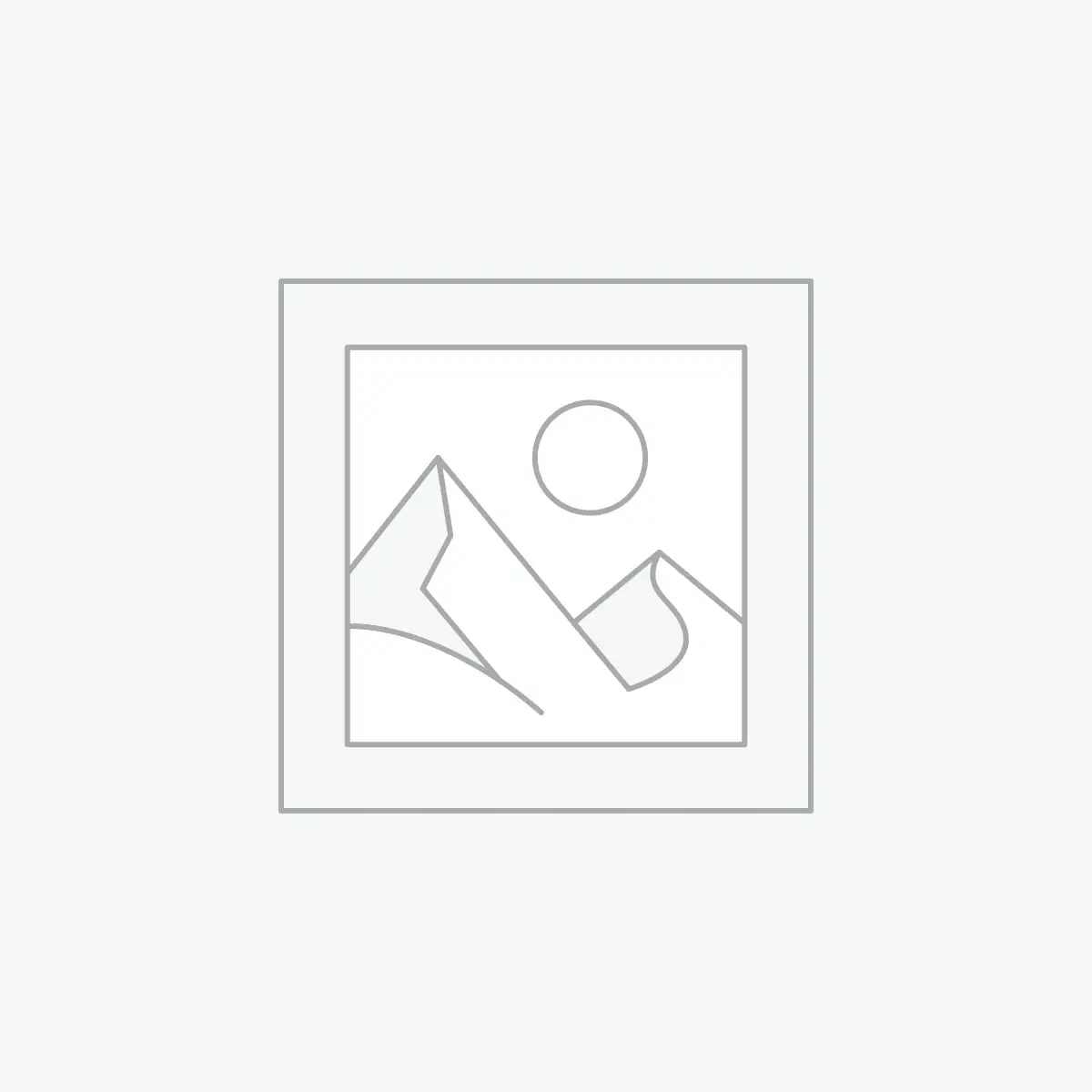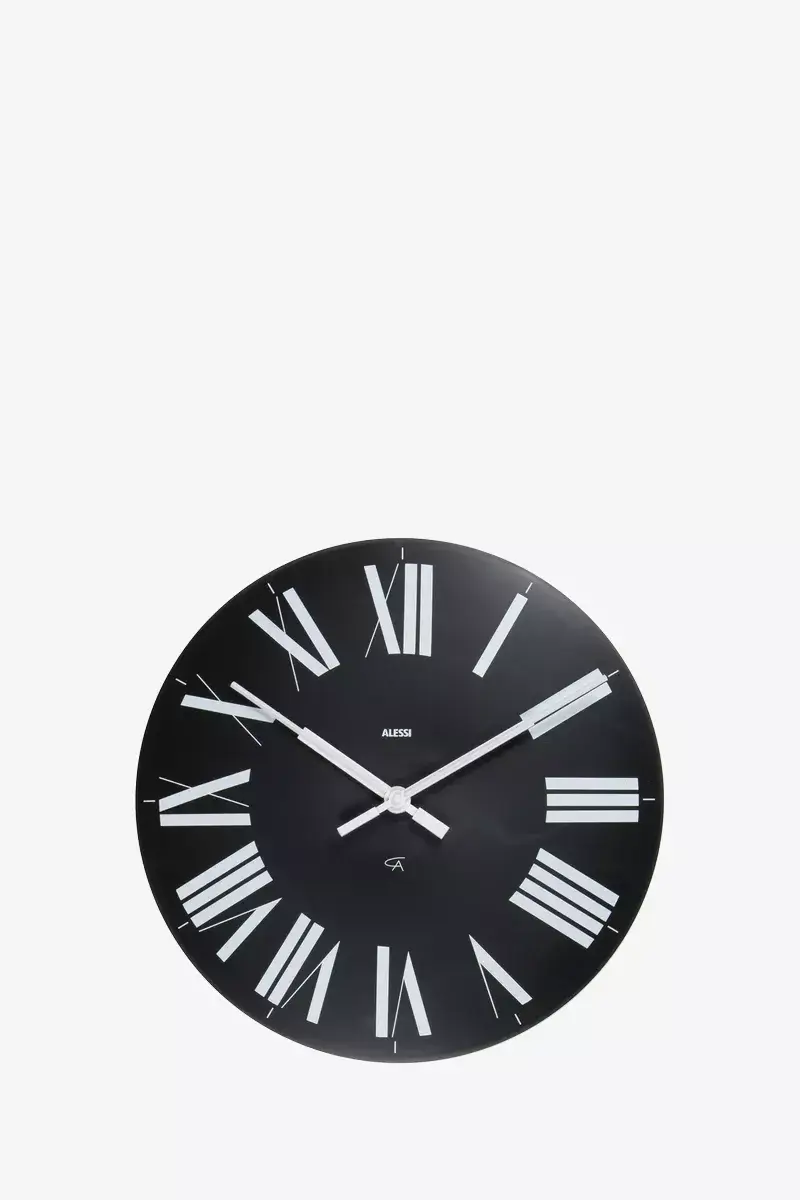Incorporating Textured Paints and Wallpapers in Color Blocks: A Guide to Bold, Dimensional Design
Have you ever entered a minimalist home and felt like something was missing? The calm color palette, clean lines, and open spaces were all there—but the room felt flat rather than full. That’s where color blocking interior design and texture meet to elevate a space from quiet to captivating. By blending textured paints or wallpapers inside color blocks, you create more than a design—you craft a living, breathing environment full of depth and character.
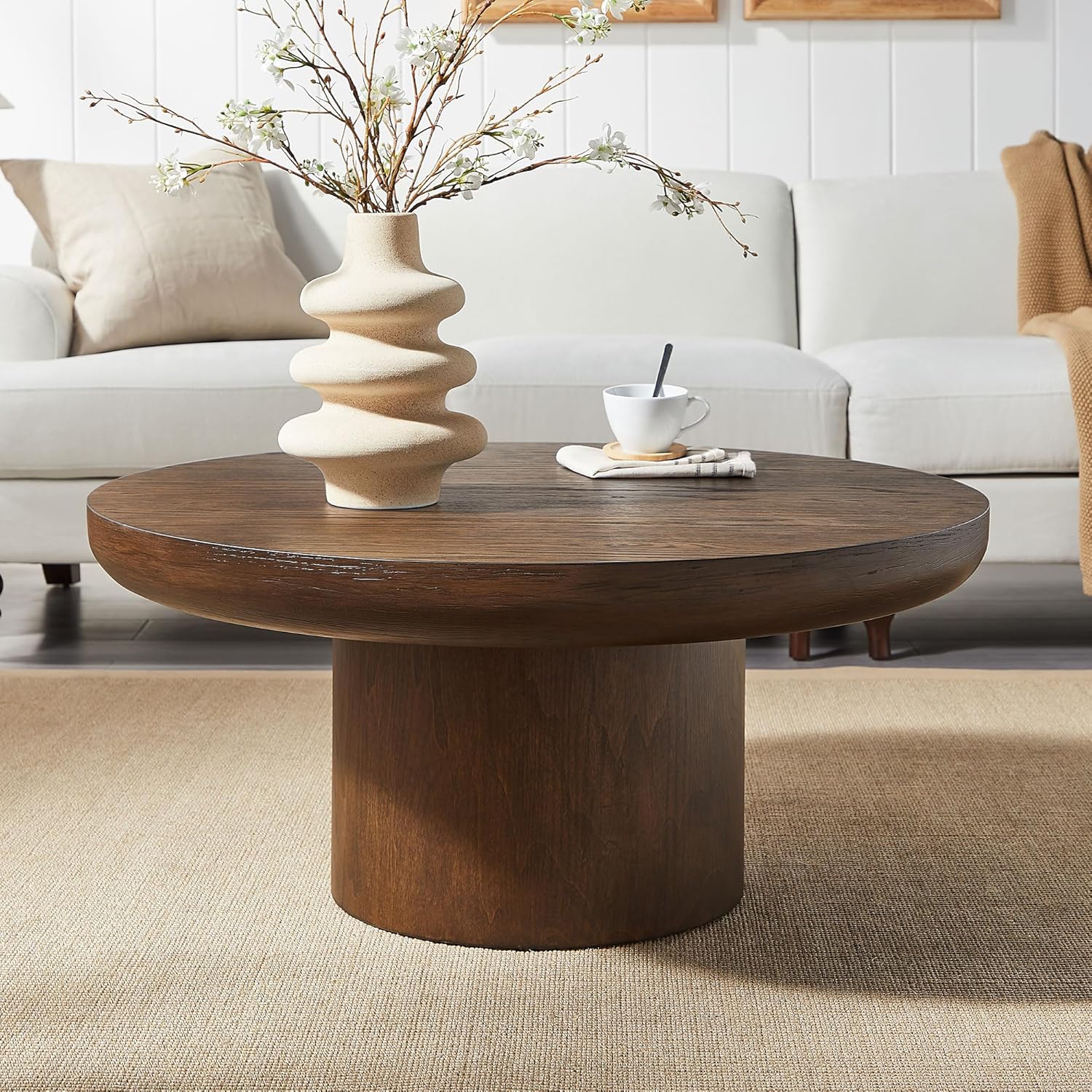 Modern Drum Wood Coffee Table $227.77 ★★★★☆ (4.5)  |
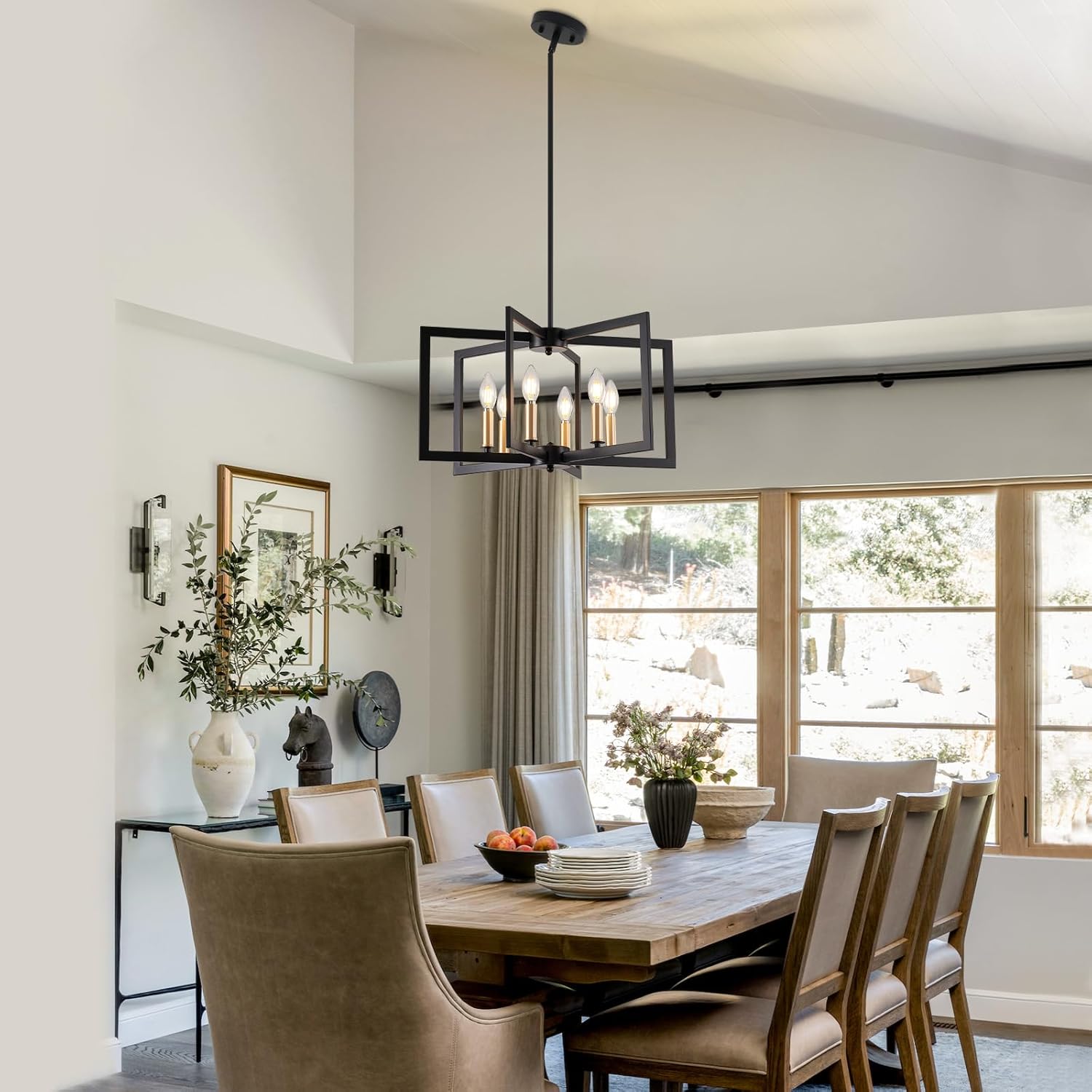 Modern Industrial Black Chandelier $99.99 ★★★★☆ (4.6)  |
Modern homes thrive on creative touches, especially those that play with textures in minimalist interior design ideas. My favorite spaces use color blocking not just for bold visuals but also to define architectural moments, like highlighted alcoves or vertical walls. A textured emerald green paired with smooth plaster in crisp neutrals becomes an instant masterpiece.
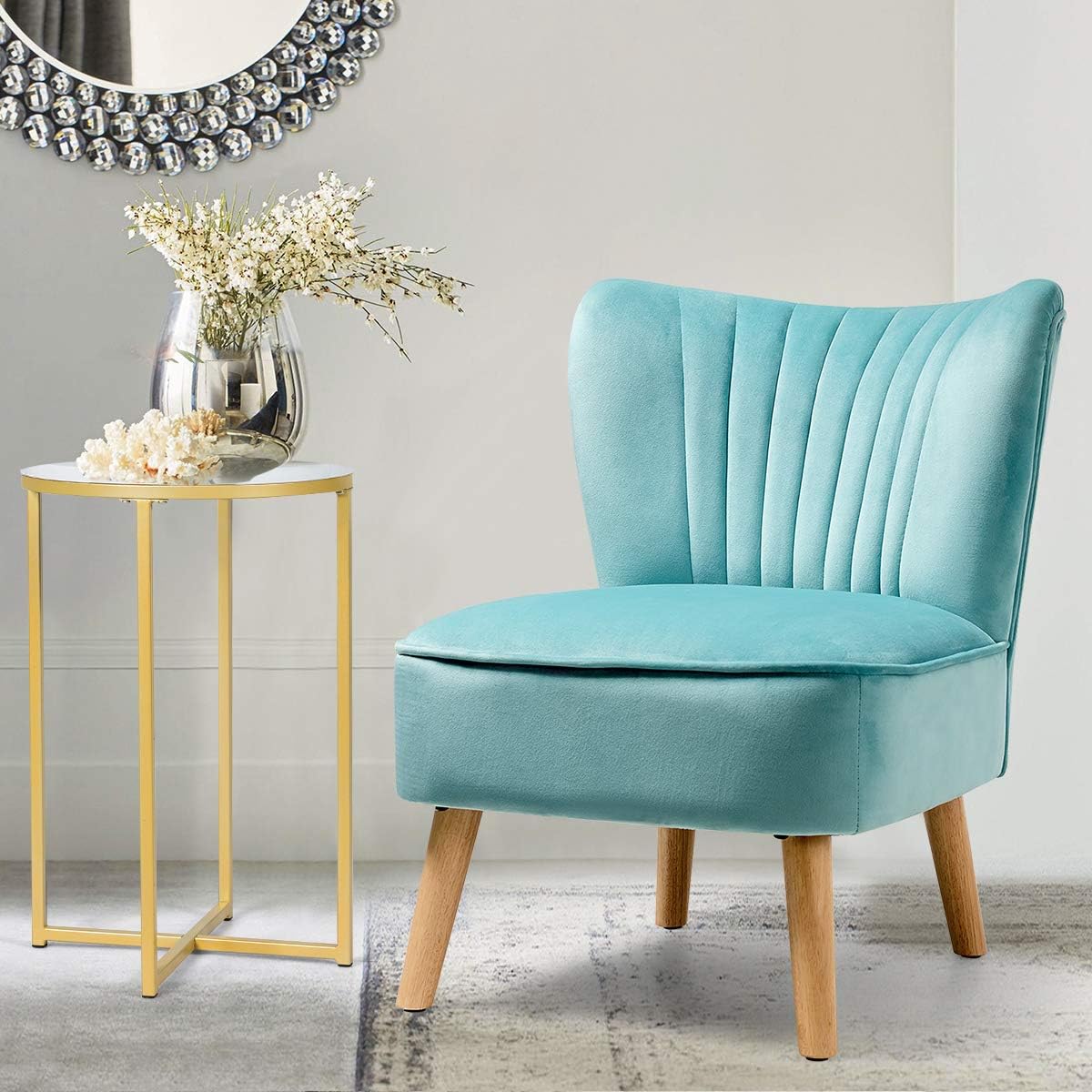 Velvet Upholstered Accent Chair $99.99 ★★★★☆ (4.5)  |
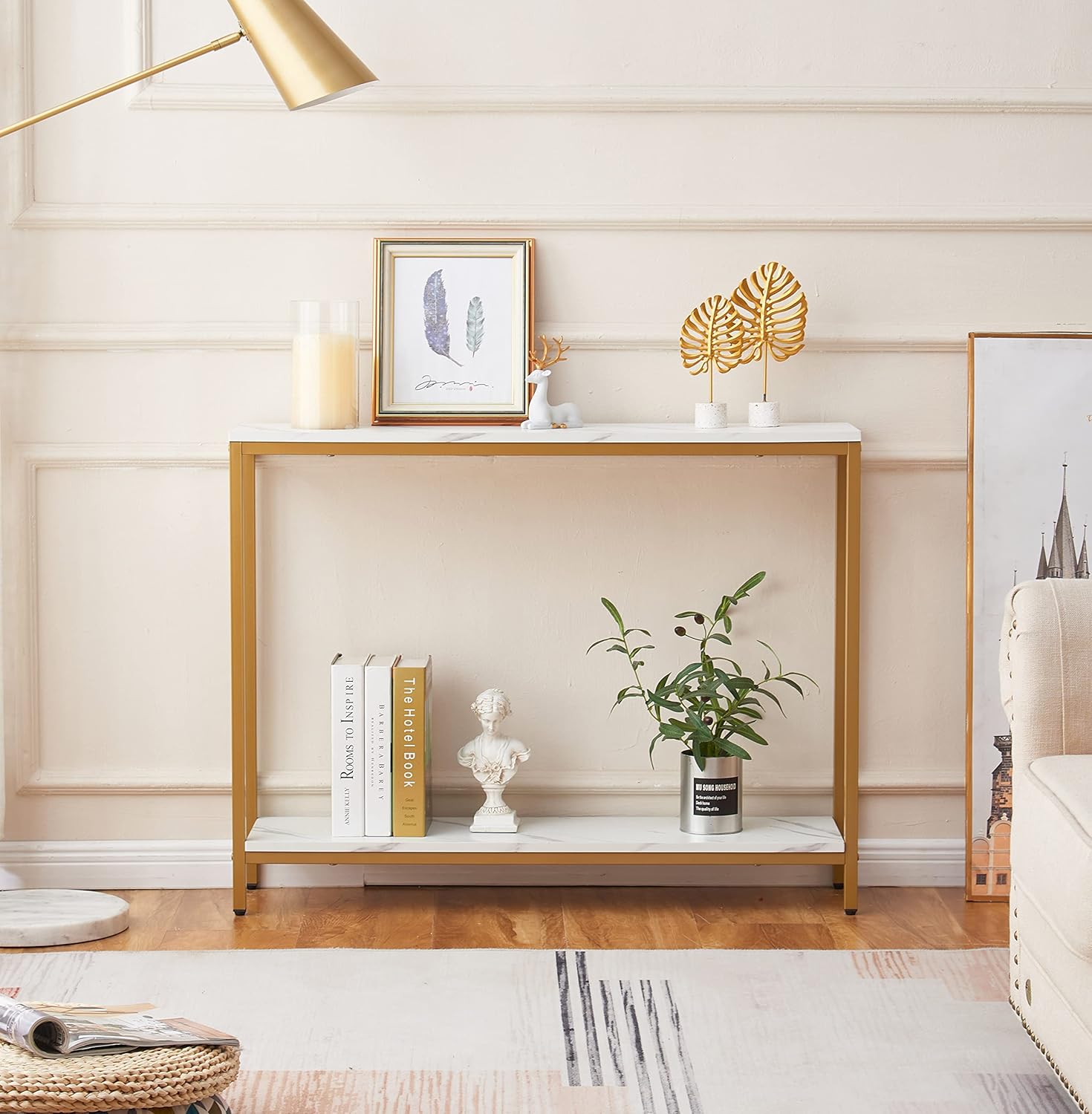 Faux Marble Console Table $59.99 ★★★★☆ (4.6)  |
Architectural Color Blocking: Elevating Simple Features
Throughout my projects, I’ve learned that highlighting architectural features with color blocks adds wow factor. Whether it’s an exposed beam above the kitchen or framing a recessed ceiling, color paired with texture adds depth. One of my favorite customized wall treatments uses a mix of stucco and geometric patterns to make ceiling alcoves pop, like I explored in Vertical Color Magic.
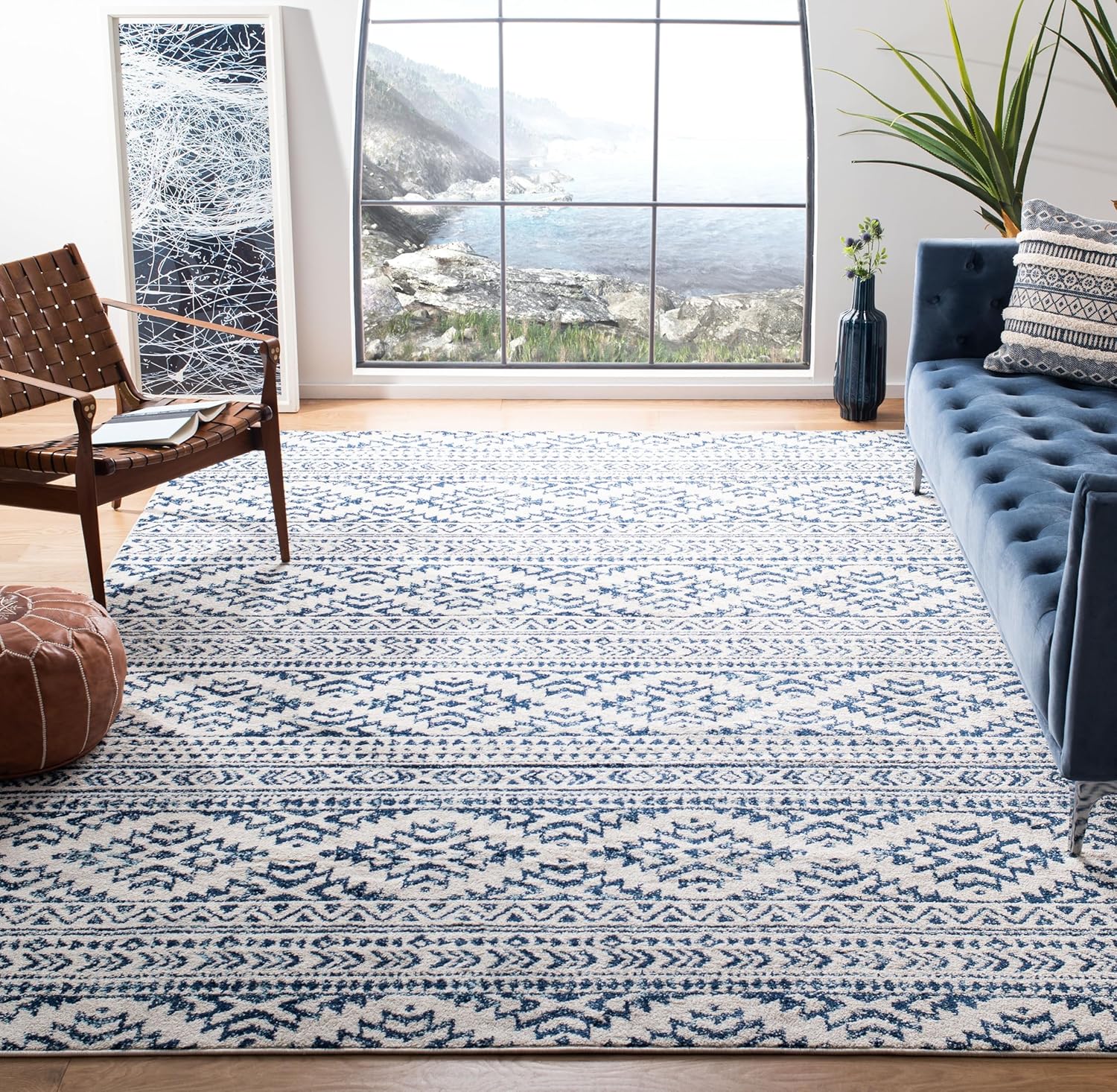 Non-Shedding Moroccan Area Rug $133.63 ★★★★☆ (4.4)  |
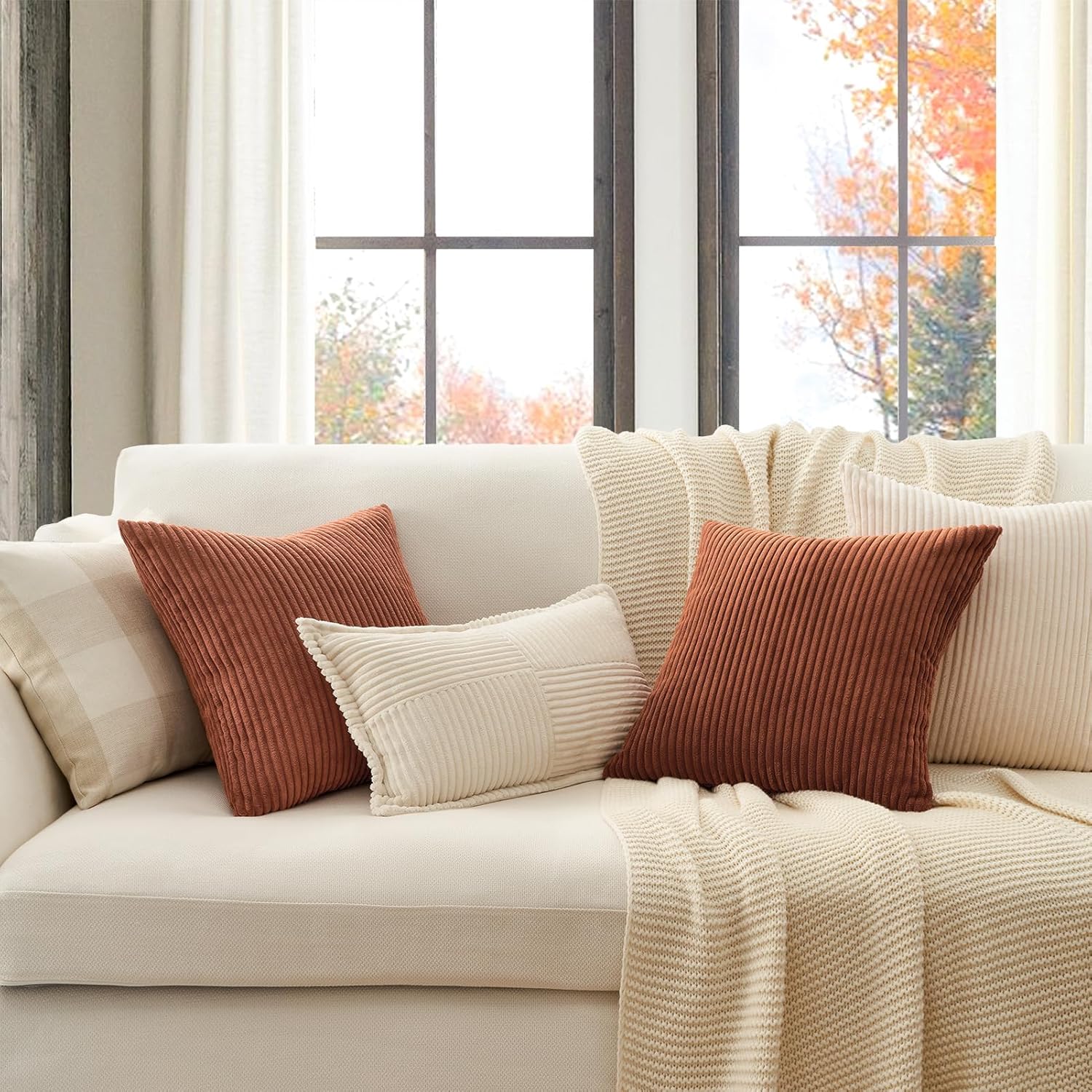 Terracotta Velvet Throw Pillow Covers $19.99 ★★★★☆ (4.6)  |
Texture Techniques that Add Dimension to Minimalist Interiors
In my years designing modern homes, nothing has brought as much transformation as incorporating plaster textures and wallpapers into clean, color-blocked spaces. I explain more in Maximalist Color Blocking. Some textured wallpaper options mimic concrete or linen, introducing a soft edge to strong geometries. These surfaces reflect light in different ways and offer a luxurious tactile experience.
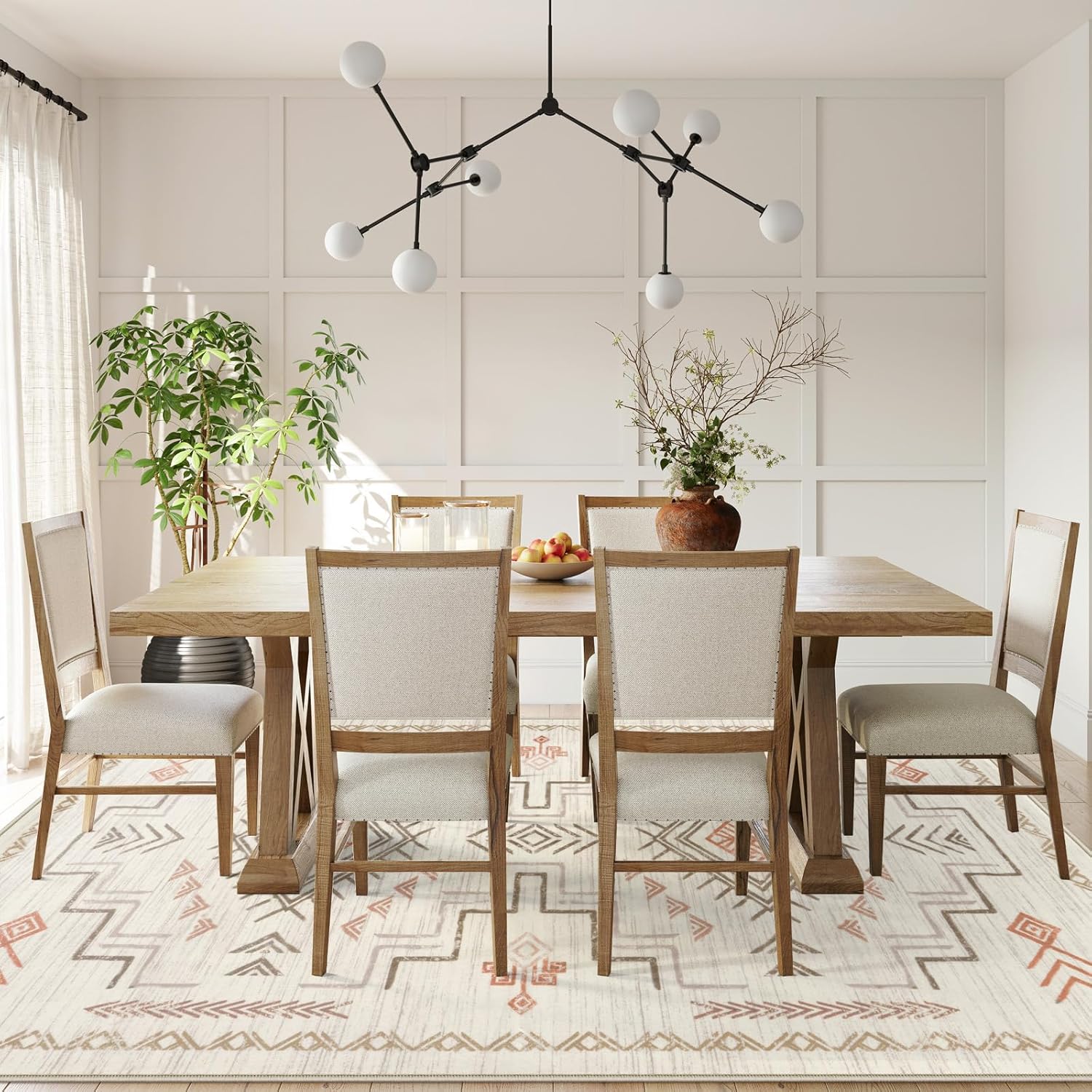 Beige Tribal Moroccan Rug $135.99 ★★★★☆ (4.4)  |
 Colorful Abstract Canvas Wall Art $79.90 ★★★★☆ (4.6)  |
Best Color Blocking Ideas for Small Rooms
Small space design thrives on clever illusions. I always turn to geometric walls that stretch vertically or use gradients. Textured vertical color blocking can push the eye upward, making even tiny studios feel grand. When paired with neutral tones, this effect invites calm while still feeling stylish and modern.
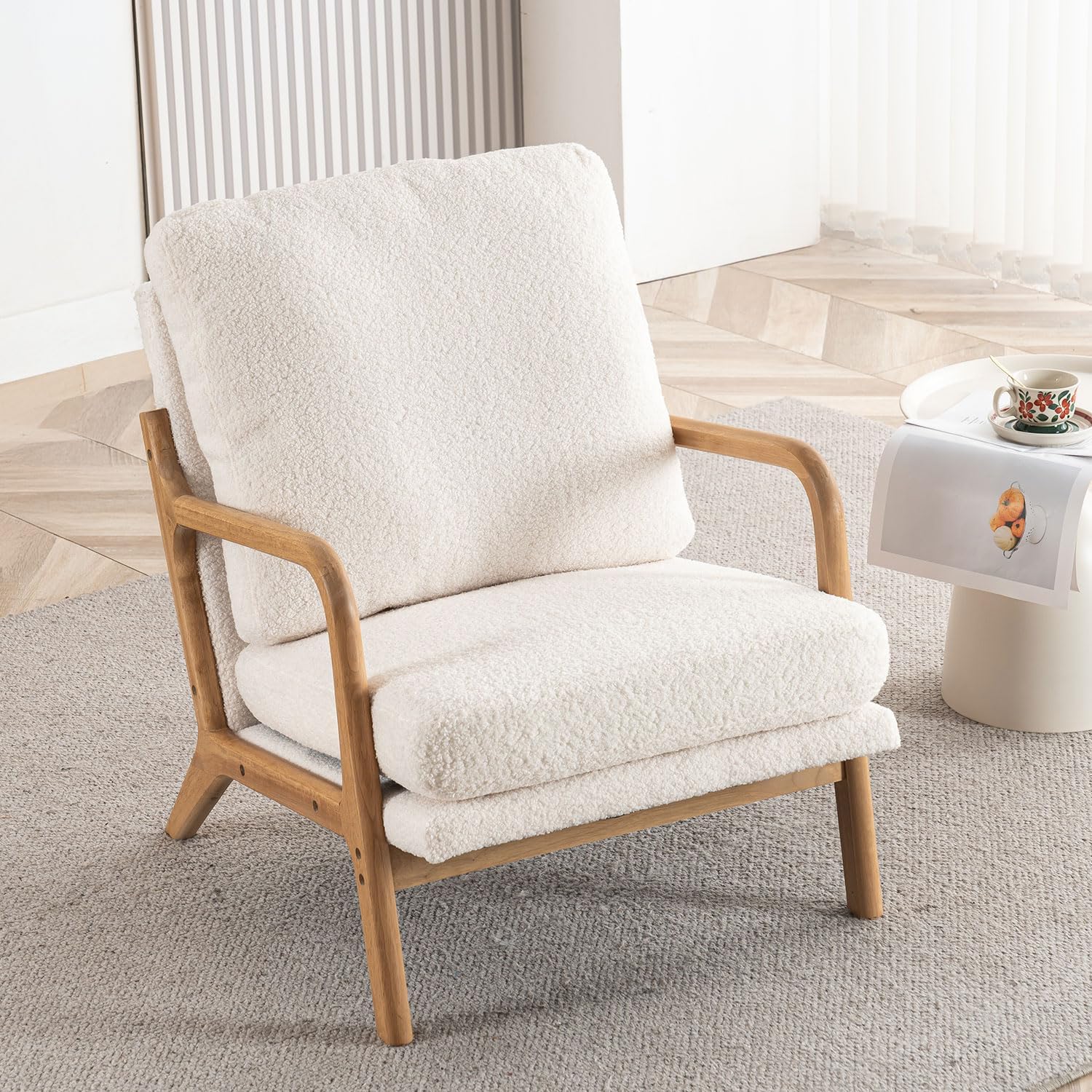 Mid-Century Sherpa Lounge Chair $109.99 ★★★★☆ (4.4)  |
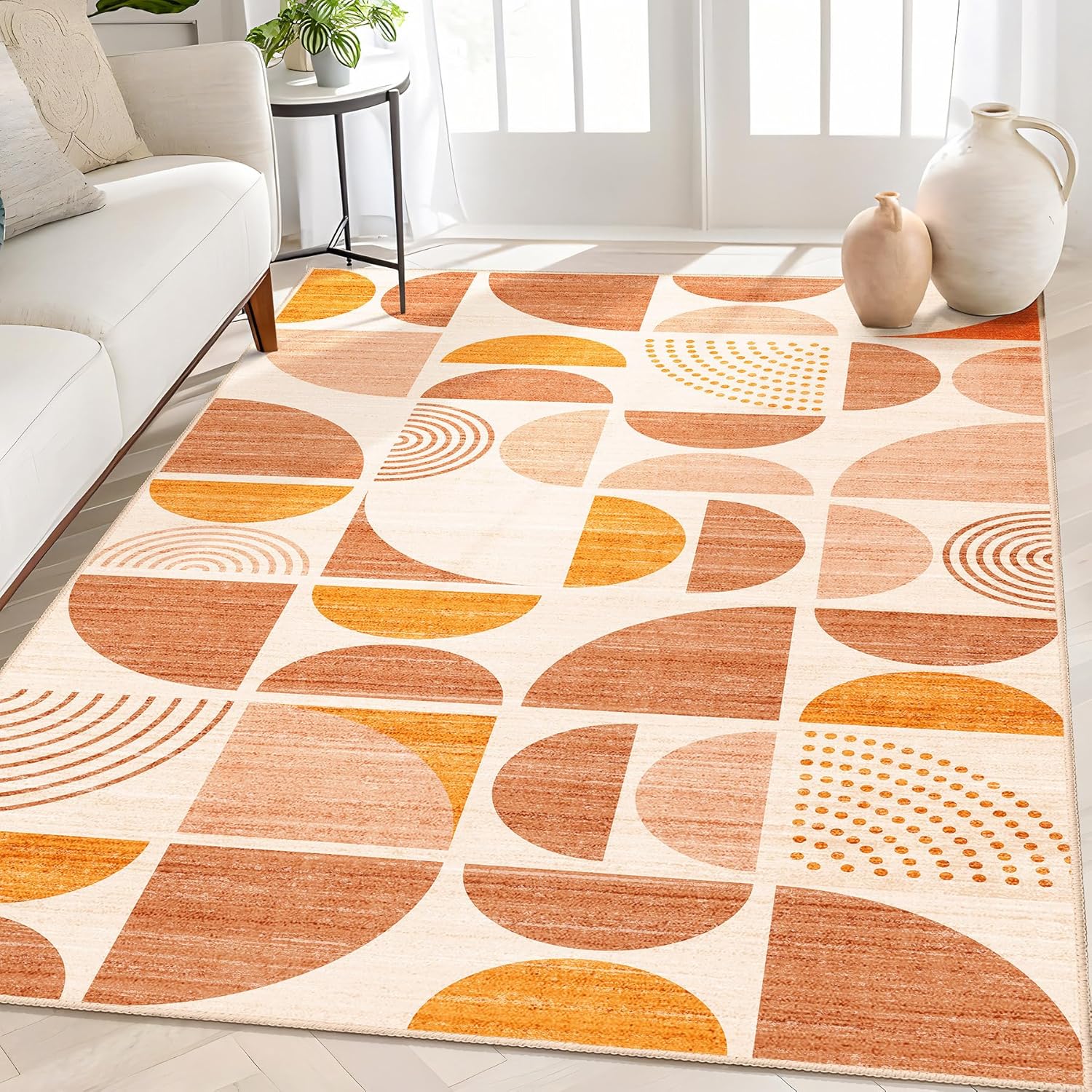 Boho Washable Orange Area Rug $55.99 ★★★★☆ (4.2)  |
Design That Moves You: Color Psychology and Texture
I always keep in mind how room design affects emotion. The combination of texture and color blocking can change how a space feels—from vibrant and alive to restful and calm. I’ve explained this further in Color Psychology Secrets. By using textures that catch light alongside bold walls, your space becomes more interactive and mood-enhancing.
Create a Sensory Home: Start Today
Why Texture and Color Blocking Work Together
Adding textures to your geometric color blocks helps walls come alive. They’re no longer flat—they tell stories. It also highlights unique features like headboard walls or beams when done right.
Make Your Statement Wall an Experience
Try texture with bold colors on just one wall. Go for Venetian plaster or linen-patterned wallpaper in your bedroom or main hallway. Adding these techniques provides architectural color accents without busy decor.
Want Personalized Design Help?
I help people design walls that pop and calm at the same time. Sign up below to get my tips and trend updates sent straight to you.
Frequently Asked Questions: Mastering Textural Color Blocking in Interior Design
What makes textural color blocking special?
Textural color blocking isn’t just painting. It uses raised finishes or patterned wallpapers to make walls stand out. It creates tactile and visual depth while keeping clean minimalist lines.
Can I use color blocking in small rooms?
Yes! Try color blocking ideas for recessed ceilings to lift a small room’s height. Textured vertical lines also help expand the space visually.
What’s a good texture for a minimalist interior?
Choose light plaster, linen-patterned wallpaper, or soft stucco. These give depth without clutter. Stick to neutral tones paired with bold accents for balance.
Is color blocking with texture hard to do?
Many projects are beginner-friendly. Use painter’s tape, sample textures, and focus on DIY zones like a hallway or alcove. Practice first in small areas.
How do texture and color influence mood?
Color can energize, calm, or uplift. Texture adds another layer by catching light and offering touch. Together, they let you shape the room’s feel completely.
